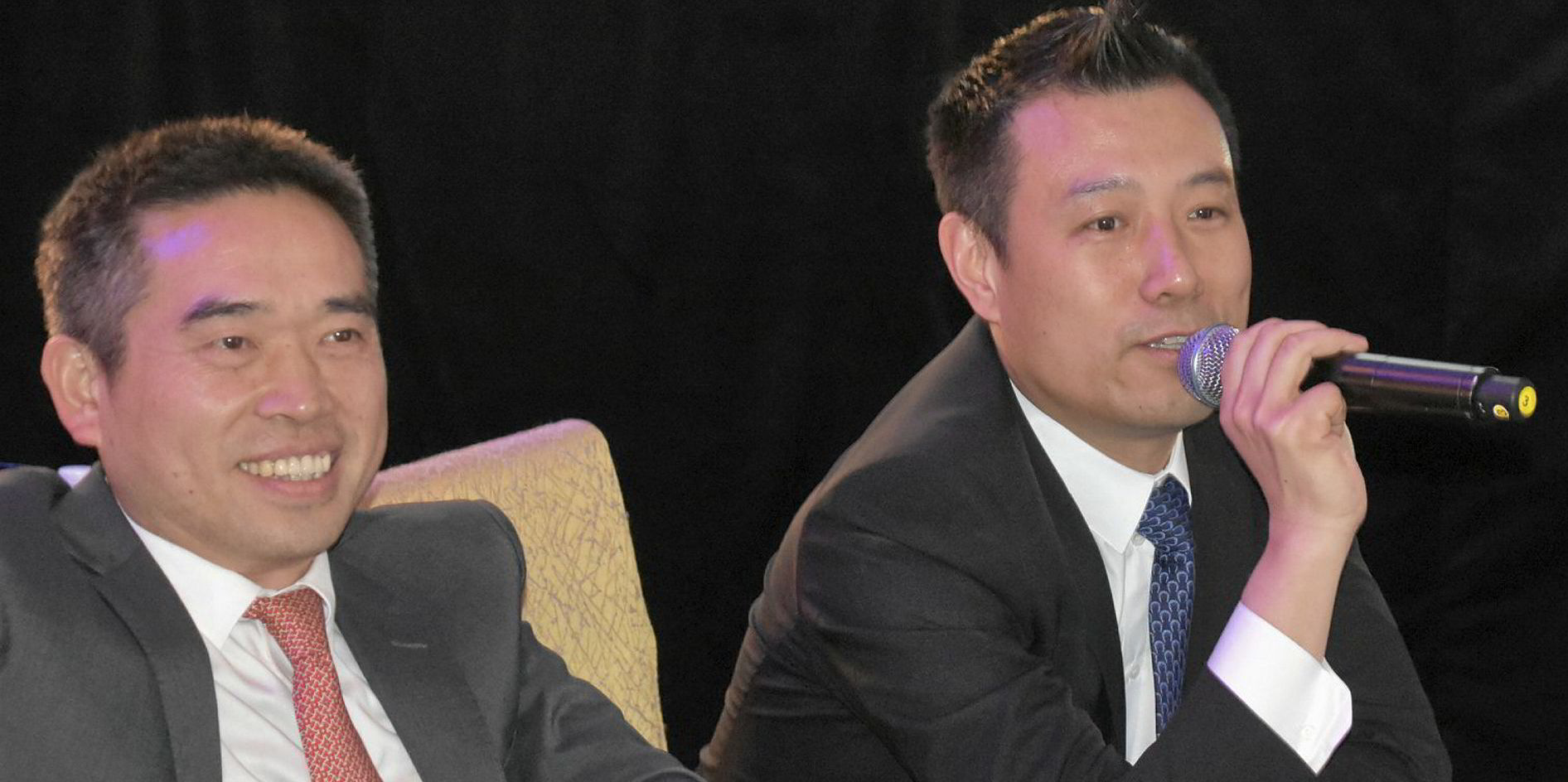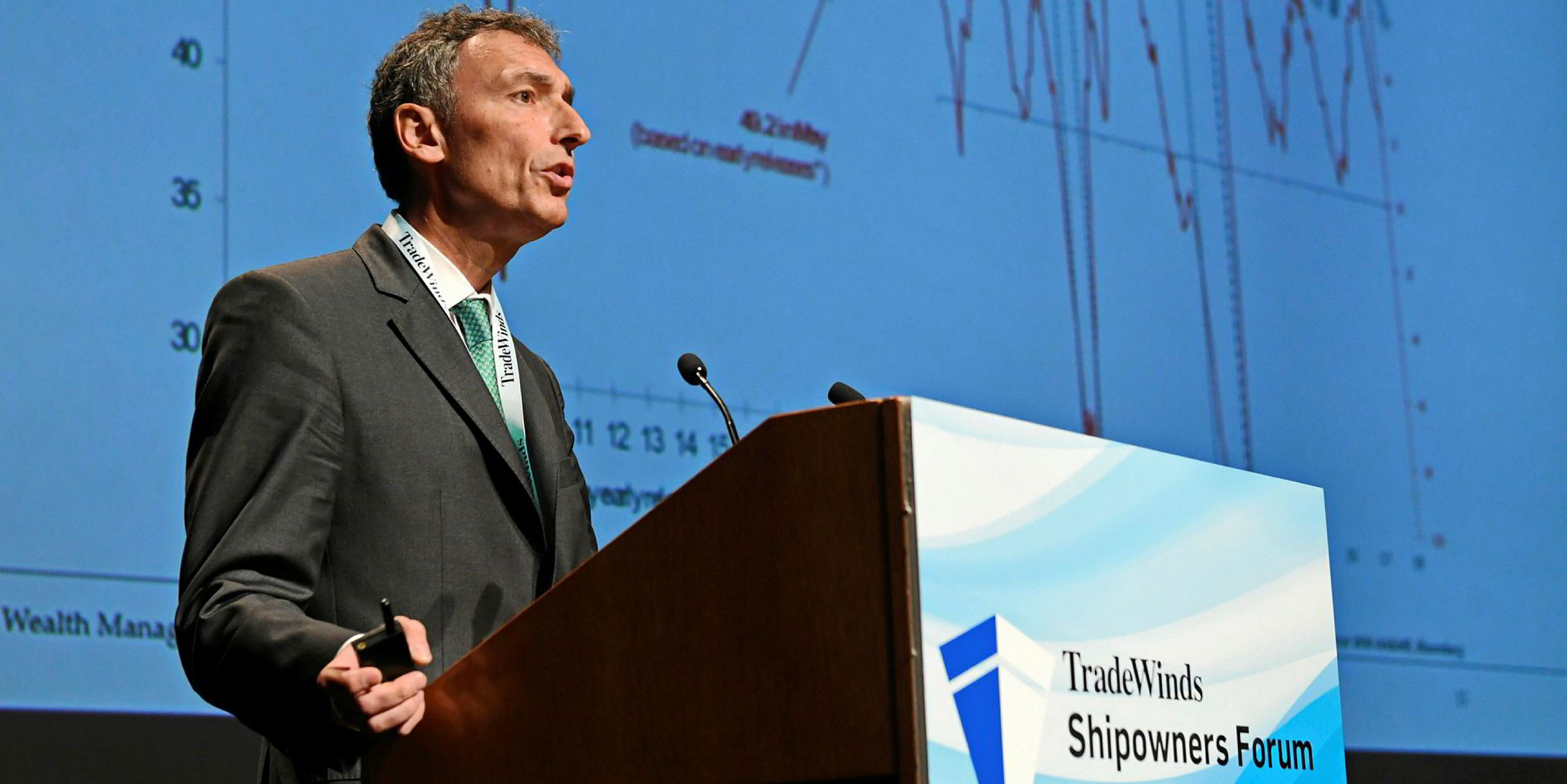While China has started to present some stimulus measures for shipping and the wider economy, some industry observers warn it could be months before freight markets feel any positive impact, if ever.
Earlier this week, state-tun China News Service reported seven Chinese provinces had launched CNY 25trn ($3.59trn) investment programs that focus on infrastructure, including CNY3.5trn due to be spent this year.
Aimed at preventing the Chinese economy from a hard landing amid the coronavirus outbreak, those headline figures quickly prompted excitement among some sell-side analysts.
“An infrastructure-led stimulus program in China, if confirmed, could likely spur a V-shaped recovery later this year,” Clarksons Platou Securities said. “Watch this space.”
Fearnley Securities compared the packages favourably with Beijing’s CNY 4trn fiscal stimulus in the wake of 2008 financial crisis, which led to a strong recovery in shipping markets in 2009 and 2010.
“History has shown us that massive infrastructure programs in China triggers sharp increases in dry bulk demand,” the brokerage said.
But there are some doubts over whether the central government is willing to give the go-ahead for such large fiscal programmes, with piling debts at China’s public and private sectors.
“In recent years Beijing has repeatedly stated that it will avoid heavy stimulus measures, amidst high levels of debt, which casts some doubt over an aggressive round of spending,” Braemar ACM said.
Moreover, the stimulus programmes include traditional projects like railways and highways, but much of the planned spending is expected to be routed to healthcare and 5G network projects – which do not require additional raw materials at a large scale.
“Should this spending materialise, it may generate less raw material demand than the ‘traditional’ stimulus packages we’ve seen over the past few years,” Braemar said.
Even if the stimulus packages are adopted, construction projects are not expected to begin in earnest before the epidemic fully recedes. Some reckon this would take at least one or two quarters.
“We would expect a natural lag between when these projects break ground and when they start generating demand,” Fearnley conceded.
Stop-gap measures
Meanwhile, China’s transport ministry has unveiled some financial aids for Chinese shipping firms as the epidemic hit their business operations.
Those include tax credits for shipping companies’ capital expenditures. The ministry has also asked banks to extend loan periods and waive the fines for late interest payments for mid- and small-sized players.
“Those are stop-gap measures. They are better than none,” a Chinese analyst said.
In addition, port authorities in Shanghai and Guangzhou have reportedly announced some support measures that allow late payments of port fees and extend free storage periods.
In Shenzhen, the local government said it handed out subsidies totalling CNY 410m to port and shipping firms based in the city so they can resume work soon.
Waiver for IMO 2020
Also, China Shipowners’ Association has called on the government to suspend the enforcement of IMO 2020 rules “for some months”, which can save costs for those involved in Chinese trade.
With the outbreak disrupting China’s oil supply chain, the industry group, whose members include some state-owned conglomerate, said the reprieve can come in the form of acceptance of fuel oil non-availability reports.
However, some researches at Shanghai International Shipping Institute (SISI) said such suspension may dampen China’s international image and long-term ambition in developing a major bunkering hub in Zhoushan.
“The savings in fuel costs are limited, but other countries will describe China as a 'protectionist' nation,” they said in an article published by several domestic media outlets.
“China’s leading position in supply [IMO 2020-compliant] very low sulphur fuel oil will also dissipate.”
Instead, China should only temporarily loosen the 0.1%-sulphur cap in Chinese river trade to 0.5%, which still meets the IMO 2020 requirement, the SISI researchers said.








